Buick Enclave: Repair Instructions
TIRE PRESSURE INDICATOR SENSOR REPLACEMENT (SNAP IN STYLE)
Removal Procedure
1. Raise the vehicle on a suitable support. Refer to Lifting and Jacking the Vehicle.
2. Remove the tire/wheel assembly from the vehicle. Refer to Tire and Wheel Removal and Installation.
3. Dismount the tire from the rim. Refer to Tire Dismounting and Mounting.
4. Remove the TORX screw (1) from the tire pressure sensor (2) and pull it straight off the tire pressure valve stem (3).
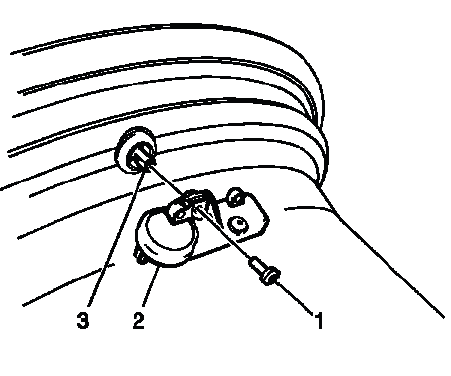
Fig. 1: View Of Tire Pressure Indicator Sensor
NOTE: When servicing the tire pressure sensor always use a new Schrader tire pressure monitor (TPM) and a new TORX screw during installation.
5. Remove the tire pressure valve stem by pulling it through the rim.
CAUTION: Do not scratch or damage the clear coating on aluminum wheels with the tire changing equipment. Scratching the clear coating could cause the aluminum wheel to corrode and the clear coating to peel from the wheel.
Installation Procedure
1. Assemble the tire pressure sensor (2) to the valve stem and install the new TORX screw (3) and tighten to 1.3 N.m (11.5 lb in).
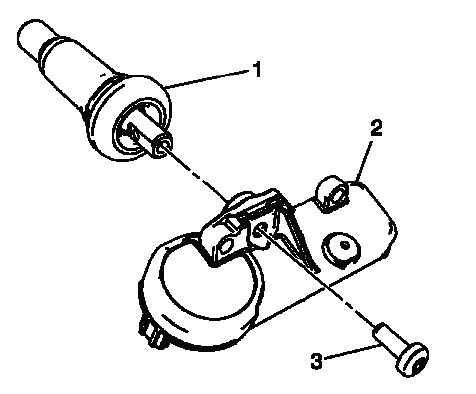
Fig. 2: View Of Tire Pressure Indicator Sensor
CAUTION: Refer to Fastener Caution.
NOTE:
- Ensure the flat of the valve, lines up with the flats of the snap in the enclosure.
- TPM valves and TORX screws are one-time use only.
2. Apply tire soap to the rubber portion of the valve stem (1).
NOTE: Use and approved tire mounting lubricant. DO NOT use silicon or corrosive base compounds to lubricate the tire bead and the wheel rim. A corrosive type compound can cause tire or rim deterioration.
3. Using a tire valve stem mounting tool, pull the valve stem through in a direction parallel to the valve hole on the rim.
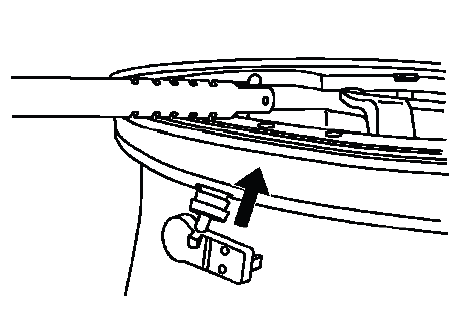
Fig. 3: View Of Tire Valve Stem Mounting Tool
4. Mount the tire to the rim. Refer to Tire Dismounting and Mounting.
NOTE: Snap Fit TPM sensors are still shipped in the OFF mode. However, the TPM no longer needs to be spun to remove it from the OFF mode. The sensor will exit its OFF state when the tire is inflated. The technician can then program the vehicle as normal.
5. Install the tire/wheel assembly on the vehicle. Refer to Tire and Wheel Removal and Installation.
6. Lower the vehicle.
7. Learn the tire pressure sensors. Refer to Tire Pressure Indicator Sensor Learn.
TIRE VALVE STEM GROMMET REPLACEMENT
Removal Procedure
1. Raise the vehicle on a suitable support. Refer to Lifting and Jacking the Vehicle.
2. Remove the tire/wheel assembly from the vehicle. Refer to Tire and Wheel Removal and Installation.
3. Remove the tire from the wheel. Refer to Tire Dismounting and Mounting.
NOTE: Before the tire is removed from the wheel, note the following items to avoid tire pressure sensor damage upon tire dismounting:
- Place the sensors cap and valve on a dry clean surface after
removal.
The cap is aluminum and the valve is nickel plated to prevent corrosion and are not to be substituted with a cap or valve made of any other material.
- Position the bead breaking fixture 90º from the valve stem when separating the tire bead from the wheel.
- Position the mounting/dismounting head so the tire iron or pry bar can be inserted slightly clockwise of the sensor body when prying the tire bead up and over the mounting/dismounting head.
- Using the tire machine, rotate the tire/wheel assembly clockwise when transferring the tire bead to the outside of the wheel rim.
- Repeat items for inner bead.
4. Remove the tire pressure sensor nut.
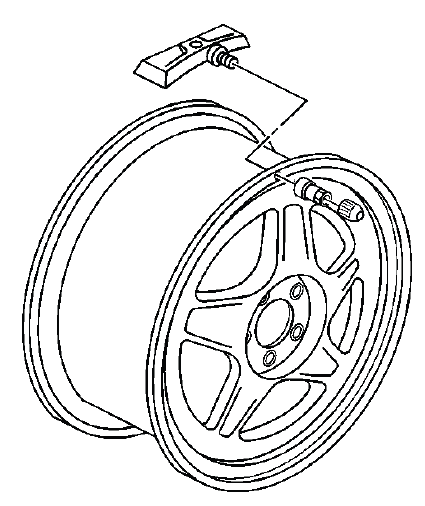
Fig. 4: View Of Tire Pressure Sensor
NOTE: If any tire sealant is noted upon tire dismounting, replace the sensor. Refer to Tire Pressure Indicator Sensor Replacement (Snap In Style). Also remove all residual liquid sealant from the inside of the tire and wheel surfaces.
5. Remove the sensor from the wheel hole.
6. Remove the sensor grommet from the valve stem.
Installation Procedure
1. Clean any dirt or debris from the grommet sealing areas.
2. Install the grommet on the sensor valve stem.
3. Insert the sensor in the wheel hole with the air passage facing away from the wheel.
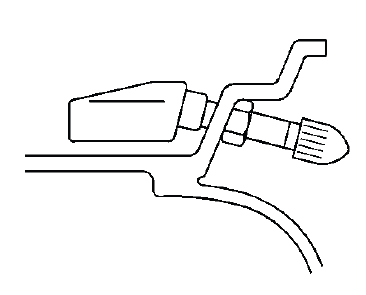
Fig. 5: View Of Tire Pressure Monitor Sensor & Nut
4. Install the sensor nut and position the sensor body parallel to the inside wheel surface while torquing.
CAUTION: Refer to Fastener Caution.
Tighten
- Tighten the sensor nut to 7 N.m (62 lb in).
5. Install the tire on the wheel. Refer to Tire Dismounting and Mounting.
NOTE: Before installing the tire on the wheel, note the following items to avoid tire pressure sensor damage upon tire mounting:
- Position the mounting/dismounting head 180º from the valve stem.
- Position the bead transition area 45º counterclockwise of the valve stem.
- Using the tire machine, rotate the tire/wheel assembly clockwise when transferring the tire bead to the inside of the wheel rim.
- Repeat items for outer bead.
6. Install the tire/wheel assembly on the vehicle. Refer to Tire and Wheel Removal and Installation.
7. Lower the vehicle.
TIRE PRESSURE INDICATOR SENSOR LEARN
Special Tools
- EL-46079 Tire Pressure Monitor Diagnostic Tool
or
- EL-50448 Tire Pressure Monitor Sensor Activation Tool
For equivalent regional tools, refer to Special Tools.
Learn Mode Description
The tire pressure monitor (TPM) system uses the instrument panel cluster (IPC), body control module (BCM), remote control door lock receiver (RCDLR), keyless entry transmitter, 4 radio frequency transmitting pressure sensors and the serial data circuit to perform the TPM learn mode functions. The sensor learn procedure must be performed after every tire rotation, RCDLR replacement or sensor replacement. Once the learn mode has been enabled, each of the sensors unique identification codes can be learned into the RCDLR memory. When a sensor ID has been learned, the RCDLR sends a serial data message to the BCM to sound a horn chirp. This verifies the sensor has transmitted its ID and the RCDLR has received and learned it. The RCDLR must learn the sensor IDs in the proper sequence to determine correct sensor location. The first learned ID is assigned to the left front location, the second to right front, the third to right rear and the fourth to left rear. The turn signals will individually illuminate indicating which location is to be learned in the proper sequence.
Sensor Functions Using EL-46079, EL-50448 or Equivalent
Each sensor has an internal low frequency coil. When the TPM special tool is used in activate mode, it produces a low frequency transmission that activates the sensor. The sensor responds to a low frequency activation by transmitting in learn mode. When the RCDLR receives a learn mode transmission while in TPM learn mode, it will assign that sensors ID to the location on the vehicle relative to the order in which it was learned.
Learn Mode Cancellation
The learn mode will cancel if the ignition is cycled to OFF or if more than 2 minutes has elapsed for any sensor that has not been learned. If the learn mode is cancelled before the first sensor is learned, the original sensor IDs will be maintained. If the learn mode is canceled after the first sensor is learned, the following will occur:
- All stored sensor IDs will be invalidated in the RCDLR memory.
- If equipped, the DIC will display dashes instead of tire pressures.
- DTC C0775 will be set.
These conditions will now require the learn procedure to be repeated for the system to function properly.
TPM Learn Procedure
NOTE: In the event a particular sensor's information is displayed on the special tool upon activation but the horn does not chirp, it may be necessary to rotate the wheel valve stem to a different position due to the sensor signal is being blocked by another component.
TPM Learn Enable Methods
1. Ignition ON, initiate the TPM Learn Mode using one of the following procedures:
- Using a scan tool, initiate the TPM Learn Mode. A double horn chirp will sound indicating the Learn Mode has been enabled. The left front turn signal will also be illuminated.
- On vehicles equipped with keyless entry, simultaneously press the
keyless entry transmitters lock
and unlock buttons until a double horn chirp sounds indicating the Learn
Mode has been enabled.
The left front turn signal will also be illuminated.
- On vehicles not equipped with keyless entry, press and release the
driver information center (DIC)
INFO button until the TIRE LEARN message appears on the DIC display. Press
and hold the
SET/RESET button until a double horn chirp sounds indicating the Learn Mode
has been enabled.
The left front turn signal will also be illuminated.
2. Starting with the left front tire, active the sensor by holding the antenna of the TPM special tool aimed upward against the tire sidewall close to the wheel rim at the valve stem location. Press and release the Activate button. Ensure that the transmit indicator on the special tool indicates that the sensor activation signal is being transmitted. Wait for a horn chirp. If the horn does not chirp, repeat the sensor activation sequence with the tool. Once the horn chirp has sounded, the sensor information is learned and the turn signal in the next location to be learned will illuminate.
3. After the horn chirp has sounded and the right front turn signal is illuminated, repeat step 2 for the remaining 3 sensors in the following order:
- Right front
- Right rear
- Left rear
4. When the left rear sensor has been learned and a double horn chirp has sounded, the learn process is complete and the RCDLR exits the learn mode.

